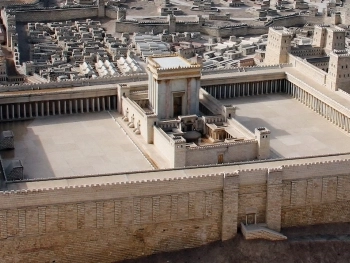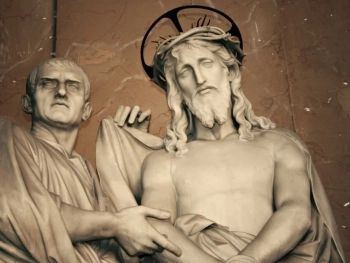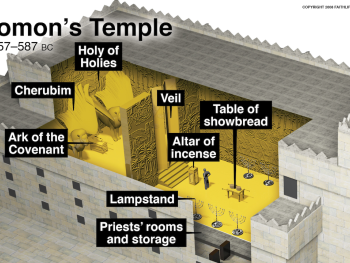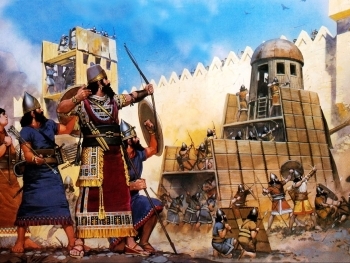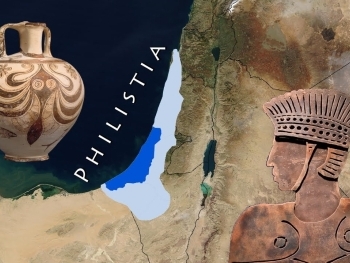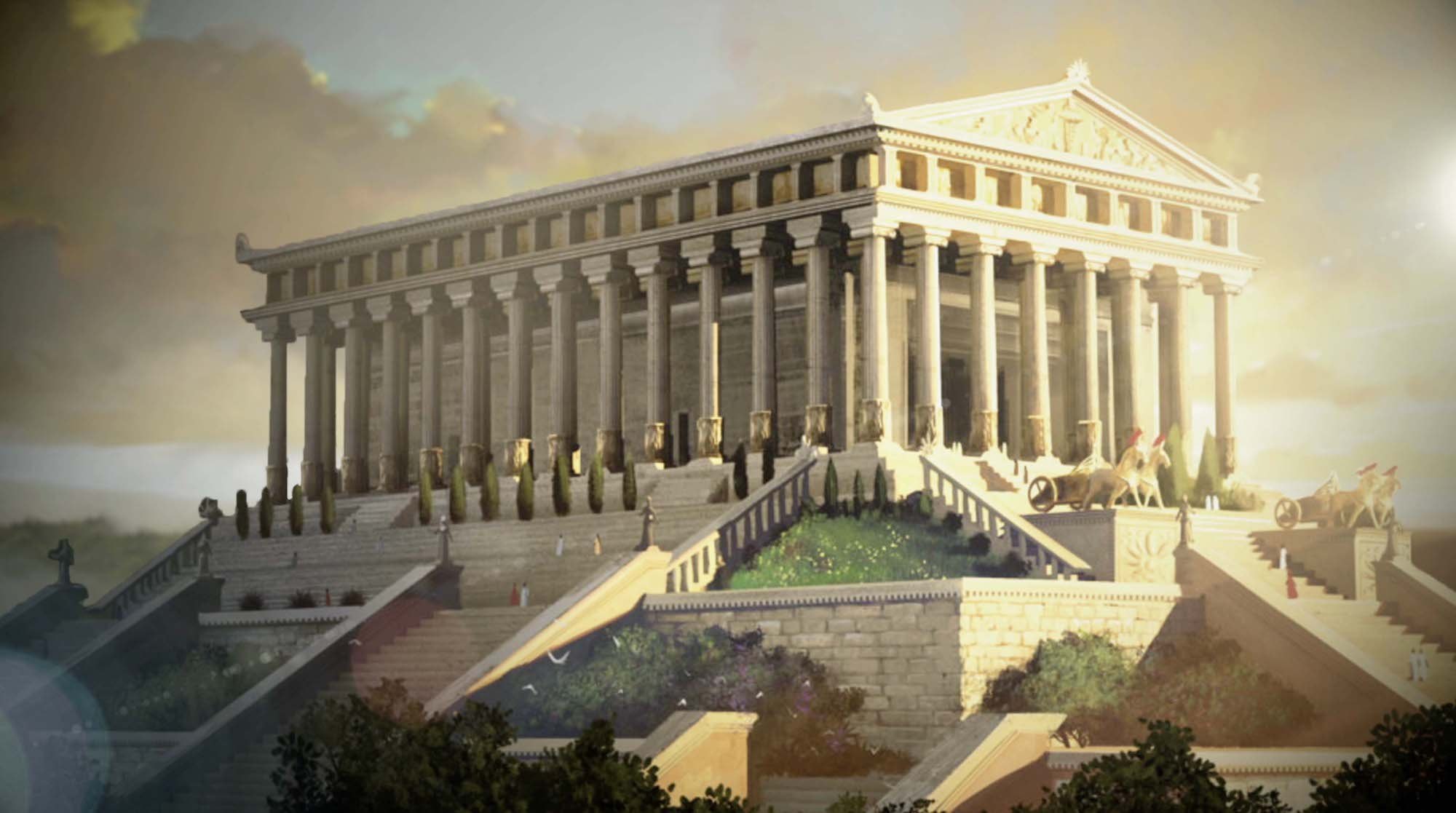
Ephesus, a bustling ancient city in present-day Turkey, was once home to one of the most magnificent structures in the ancient world: the Temple of Diana. This colossal edifice, dedicated to the Greek goddess of the hunt, was a symbol of Ephesus's wealth, power, and religious fervor. Its construction and destruction are shrouded in mystery, and the temple's ruins continue to fascinate archaeologists and historians alike.
The Rise of the Temple: A Symbol of Ephesian Grandeur
The Temple of Artemis, or Diana as she was known to the Romans, was built in the 6th century BCE, replacing an earlier temple that had been destroyed by a fire. The new temple was an architectural marvel, adorned with stunning sculptures and precious metals. Its size and grandeur were unparalleled, earning it recognition as one of the Seven Wonders of the Ancient World.
The temple served as a pilgrimage site for worshippers from across the Mediterranean, bringing immense wealth and prestige to Ephesus. It was a place of fervent devotion, where sacrifices were made and prayers were offered to the goddess Diana. The temple's fame extended far beyond its physical boundaries, becoming a potent symbol of Ephesus's cultural and religious importance.
The Destruction of the Temple: A Tragedy and a Turning Point
In 356 BCE, a young man named Herostratus, driven by a desire for immortality, set fire to the temple, causing irreparable damage. This act of sacrilege shocked and angered the citizens of Ephesus, who condemned Herostratus to death and forever immortalized his name through his infamous deed.
The destruction of the Temple of Artemis was a significant turning point in Ephesus's history. The city's fortunes began to decline, and its religious and cultural influence waned. However, the temple's legacy lived on, inspiring artists, writers, and architects for centuries to come.
The Enduring Enigma: Unraveling the Mysteries of the Temple
The precise layout and design of the Temple of Diana remain a mystery, as the original building was completely destroyed and only fragments of its ruins remain. Archaeologists continue to excavate and study the site, hoping to uncover more clues about this architectural marvel.
The Temple of Diana: A Symbol of Ephesus's Past and Present
Despite its destruction, the Temple of Diana remains a powerful symbol of Ephesus's past glory. Its ruins, now a UNESCO World Heritage Site, stand as a testament to the city's once-thriving culture and religious devotion. The temple's enigma continues to fuel fascination and inspire new archaeological discoveries, ensuring its enduring legacy.
Watch on YouTube
